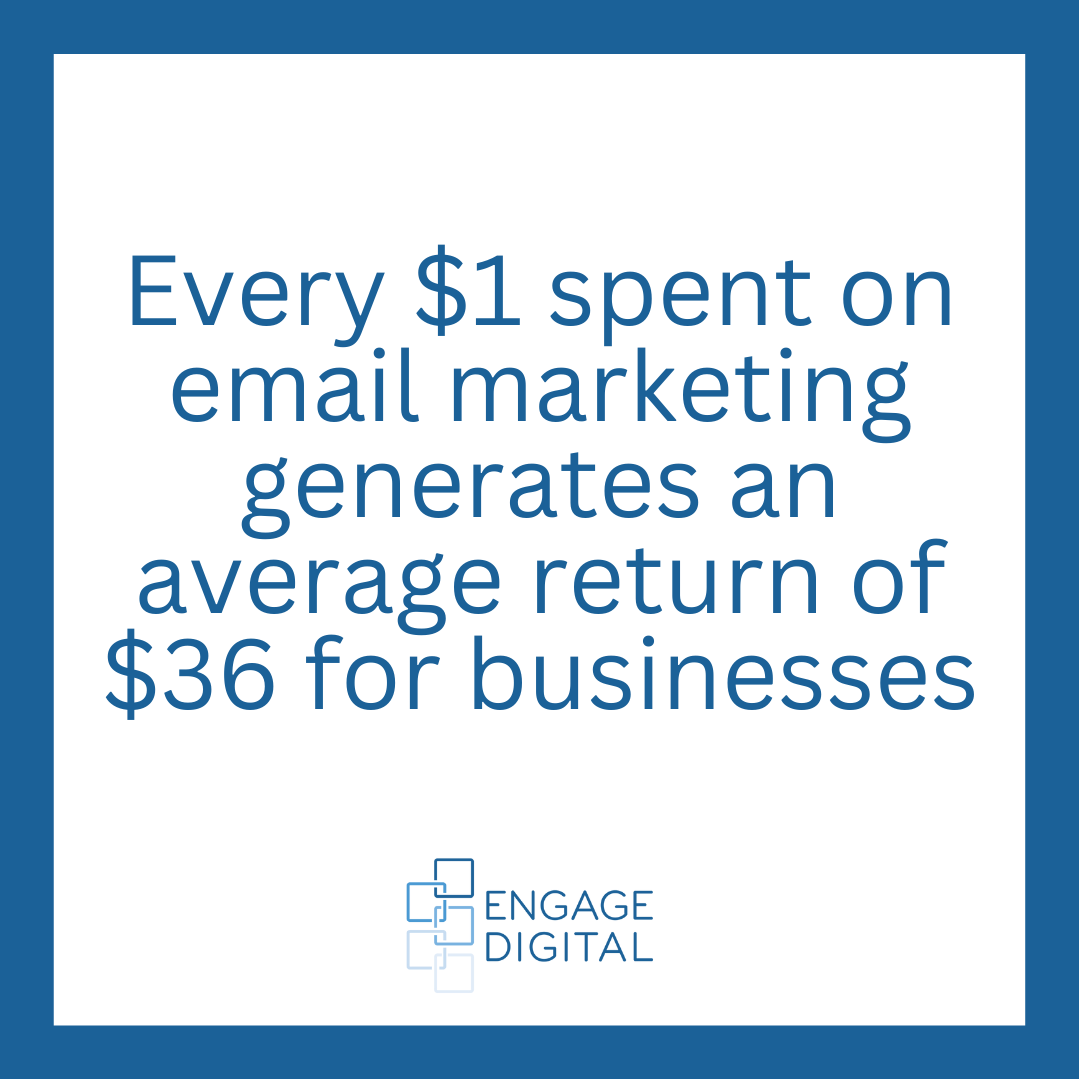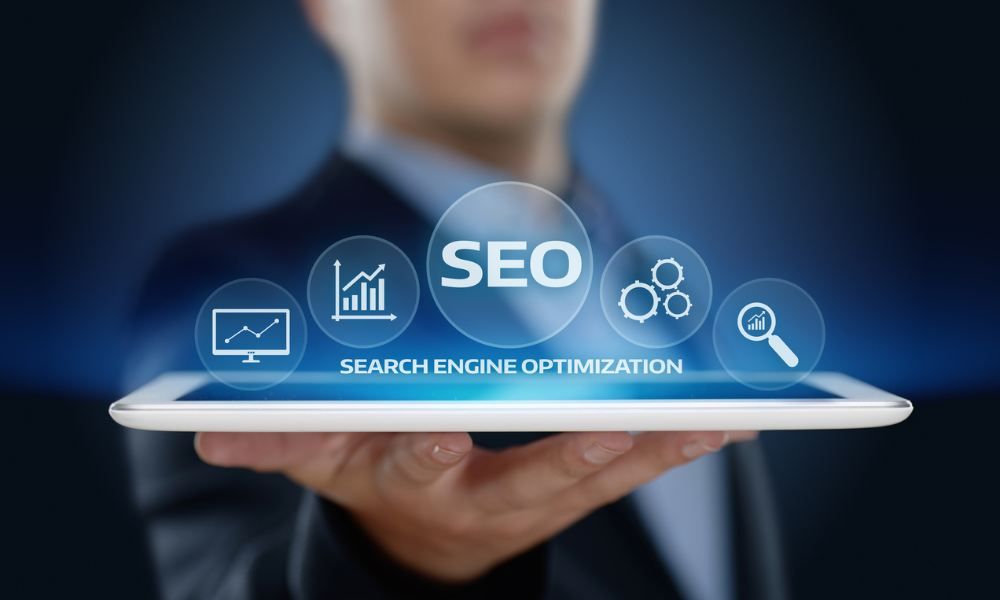Email marketing remains a powerhouse in digital marketing, consistently providing businesses with a direct line to their audience. With the ability to reach billions of users worldwide, it serves as an effective platform for communication, engagement, and conversion. As consumer habits evolve, brands that harness the power of email can deliver personalized content that resonates, ultimately fostering customer loyalty and driving sales.
The impact of email marketing is undeniable. Companies are witnessing significant returns on their investments, making it clear that thoughtful email campaigns can lead to substantial revenue growth. With expertly crafted strategies, brands can not only promote their products and services but also build lasting relationships with customers. As we explore the enduring popularity of email marketing, we will uncover key strategies and best practices that businesses can implement to thrive in the competitive digital landscape.
The Enduring Effectiveness of Email Marketing
Email continues to be a preferred communication channel for consumers. According to a Radicati Group study, the number of global email users is expected to reach 4.6 billion by 2025, highlighting its vast reach. This impressive number demonstrates that email is still an essential part of daily life for many people.
 A compelling reason businesses should focus on email marketing is its high return on investment (ROI). Data from a report by Litmus shows that for every dollar spent on email marketing, businesses earn an average return of $36. This remarkable ROI makes it clear that leveraging email campaigns can lead to substantial profit margins.
A compelling reason businesses should focus on email marketing is its high return on investment (ROI). Data from a report by Litmus shows that for every dollar spent on email marketing, businesses earn an average return of $36. This remarkable ROI makes it clear that leveraging email campaigns can lead to substantial profit margins.
In fact, email marketing consistently outperforms other digital channels in terms of revenue generated. According to the Direct Marketing Association (DMA), email marketing has an average conversion rate of 1.95%, higher than social media and other online methods. This makes the case for brands to invest significant resources into crafting effective email strategies.
While social media platforms provide opportunities for interaction, their volatile nature can impact reach and engagement. Changes to algorithms can limit organic visibility, making it harder for brands to reach their audiences. In contrast, with email, brands maintain direct control over their messaging and audience. This level of control, coupled with the ability to segment and personalize emails, makes email an invaluable asset in any digital marketing strategy.
Segmentation: Tailoring Messages for Better Engagement
Successful email marketing relies on understanding target audiences. Segmentation has emerged as a best practice, allowing businesses to tailor messages to specific groups based on demographics, behaviors, or preferences. Research shows that personalized emails can deliver six times higher transaction rates compared to generic messages (Experian).
Tailored content speaks directly to recipients’ interests, fostering a sense of connection. Segmenting your audience leads to relevant content that resonates, ultimately driving higher engagement rates. When consumers see messages that matter to them, they are more likely to act—whether that means clicking a link, making a purchase, or signing up for an event.
Additionally, segmentation can help reduce unsubscribe rates. When recipients receive emails that align with their interests, they are less likely to opt out of your communications. This practice ultimately helps foster a loyal customer base that looks forward to receiving updates.
Automation: Streamlining Email Marketing Efforts
Automation is another game-changer for email marketing that boosts its effectiveness. Many email marketing platforms allow for automated campaigns, enabling businesses to send targeted emails based on customer actions. For instance, a welcome email can automatically be dispatched when someone subscribes to a newsletter.
Such automation not only saves time but ensures consistent communication with customers. Research by Instapage indicates that automated emails have a 70.5% higher open rate than traditional emails. This increased visibility leads to more interactions and conversions.
Additionally, setting up automated drip campaigns can nurture leads over time. For example, emails can guide a subscriber from awareness to product consideration and ultimately to purchase. This method keeps your brand top-of-mind without overwhelming consumers with frequent messages.
Mobile Optimization: Meeting Customers Where They Are
In an era where people increasingly check their emails on mobile devices, ensuring that emails are mobile-friendly is critical. Data from Litmus reveals that 46% of all email opens occur on mobile devices. In fact, another study by Blue Corona indicates that 80% of smartphone users check their email on their devices. If emails are not optimized for mobile viewing, businesses risk losing many potential customers, resulting in missed sales opportunities.
Responsive design should be a fundamental aspect of any email marketing strategy. Utilizing visually appealing layouts and ensuring legible text enhances user experience, especially on smaller screens. Clear calls-to-action (CTAs) should be easily accessible and strategically placed to drive users toward desired outcomes, whether signing up, downloading, or purchasing. A fluid design that adapts to various devices ensures your message resonates regardless of how recipients access their emails.
Failing to optimize emails for mobile devices can lead to frustrated users and high bounce rates. Additionally, mobile-optimized emails reflect a brand’s commitment to excellent user experience, which is vital in today’s market. Attention to detail, such as simplified navigation and fast-loading images, can significantly enhance overall brand reputation. Ultimately, an optimized mobile experience increases the likelihood of repeat business while fostering customer loyalty, making it indispensable for long-term success. Without it, businesses may fall behind competitors who prioritize mobile compatibility in their email campaigns.
Building Relationships Through Personalization
Effective email marketing builds relationships with customers over time. Beyond just driving instant sales, successful email campaigns create an ongoing dialogue between brands and consumers. According to eMarketer, personalized emails can improve click-through rates by up to 14% and conversion rates by 10%.
Fostering this relationship involves showing customers that you understand their needs and preferences. Personalized messages can include product recommendations based on previous purchases or tailored content relevant to their interests. By doing so, you cultivate a sense of loyalty among customers.
Emails can also be leveraged for post-purchase follow-ups. Reaching out after a customer has purchased allows you to express gratitude and offer additional information or suggestions. This practice cultivates satisfaction and can encourage repeat purchases.
Measuring Success: Key Metrics to Track
Tracking performance metrics is essential to maximizing the effectiveness of email marketing. Key performance indicators (KPIs) include open, click-through, and conversion rates. Tracking these metrics allows businesses to fine-tune their strategies for optimal results.
Open rates provide insight into how compelling your subject lines and preview texts are. To increase open rates, A/B testing different subject lines can be beneficial. Click-through rates indicate how well your content captures interest. Consider revising your content or CTA if readers are opening but not clicking.
Conversion rates reveal the ultimate effectiveness of your emails. This metric measures how many recipients completed the desired action, whether making a purchase or signing up for an event. Evaluating your email’s layout, design, and offers may provide insight into necessary adjustments if conversion rates are low.
Growing Your Email List: Essential Tips for Businesses
A robust email list is crucial for effective email marketing, as a larger audience leads to greater engagement and revenue opportunities. Here are some tips to help businesses grow their email lists:
- Incentivize Sign-Ups: Offer exclusive discounts, free resources, or entry into giveaways for subscribers. This entices users to provide their email addresses willingly.
- Use Sign-Up Forms: Place easy-to-find sign-up forms on your website, especially on high-traffic pages like the homepage, blog, and checkout areas.
- Leverage Social Media: Promote your email list on social media channels, encouraging followers to subscribe for the latest updates and promotions.
- Engage in Co-Marketing: Partner with complementary businesses to expand your reach. Cross-promote each other’s email lists to attract new subscribers.
- Regularly Clean Your List: Removing inactive subscribers can improve engagement rates and ensure your emails reach those genuinely interested in your content.
By implementing these strategies, businesses can steadily grow their email lists and enhance the effectiveness of their email marketing efforts.
Harnessing Email Marketing Effectively
Email marketing is a vital tool for businesses aiming to cultivate meaningful relationships with their customers. With its high ROI and unparalleled reach, leveraging email effectively can drive substantial growth. As you develop your email marketing strategy, remember that building an engaged email list is essential for ongoing success. By focusing on segmentation, personalization, and mobile optimization, brands can create campaigns that resonate with their audience.
Email marketing will remain a key player in effective communication strategies as the digital landscape evolves. Organizations that prioritize thoughtful email campaigns will reap the rewards of customer loyalty and increased sales. Embracing best practices and innovative strategies will ensure your email marketing efforts continue to thrive and adapt in a competitive environment. Engage with your audience through meaningful content, and watch your business grow.






